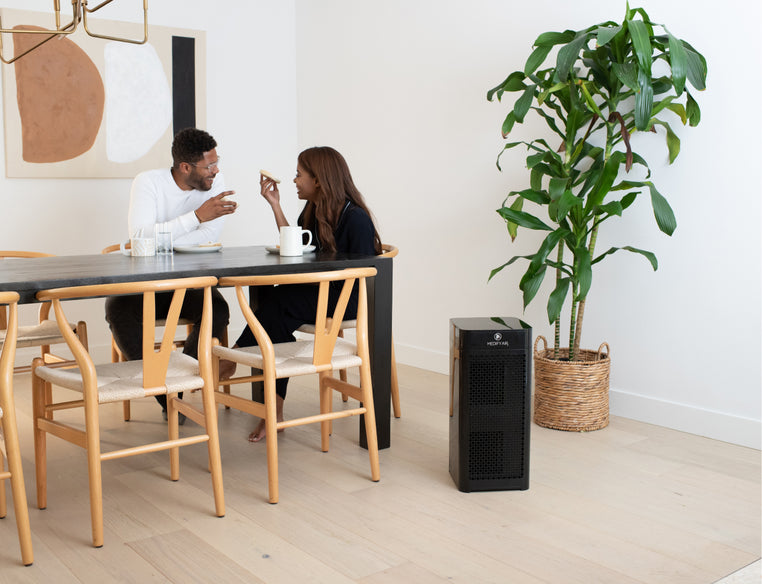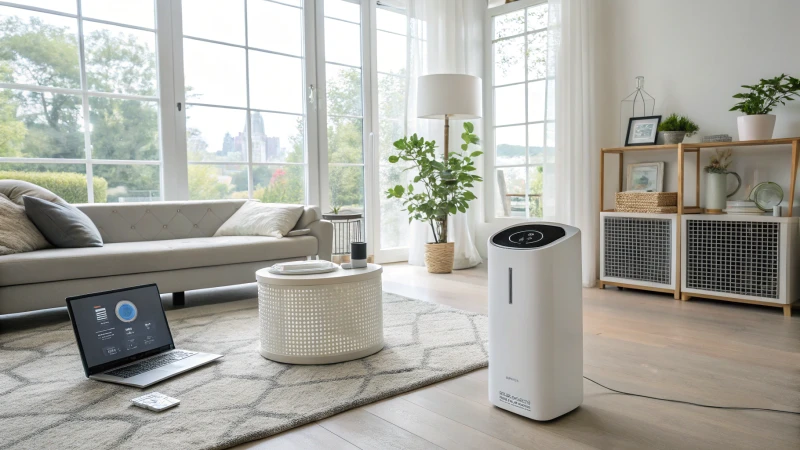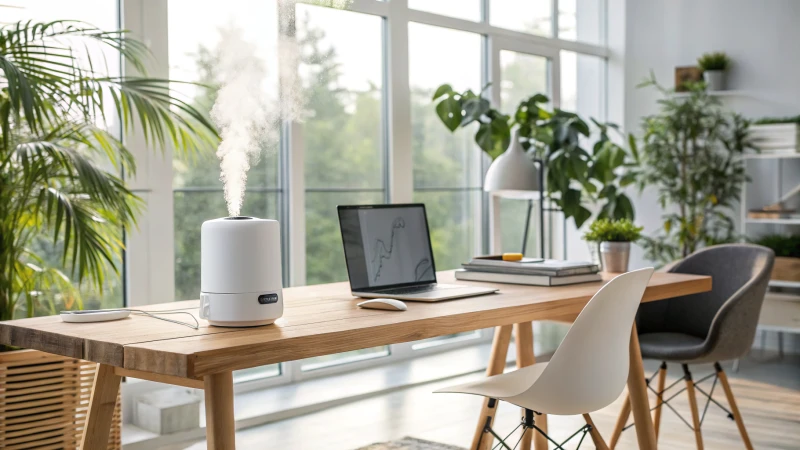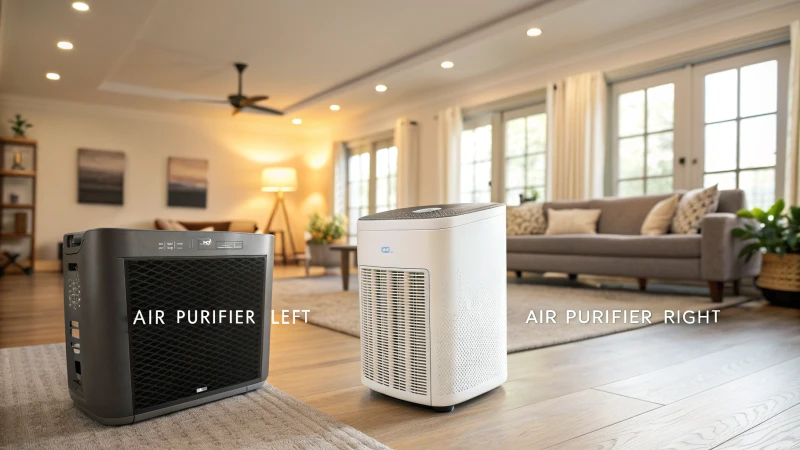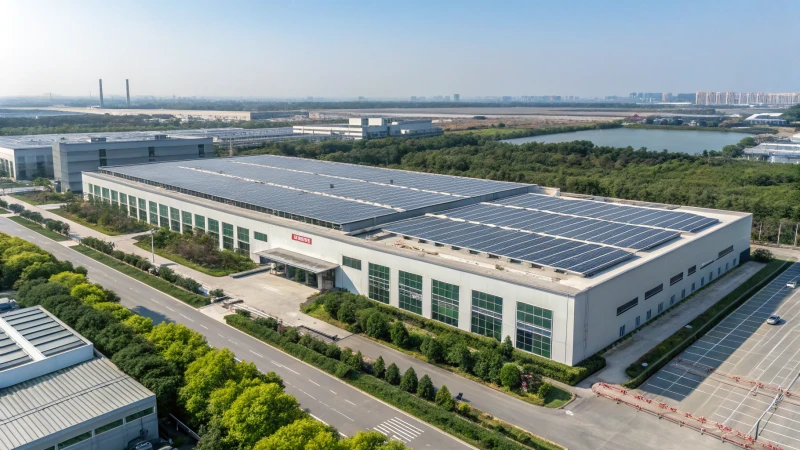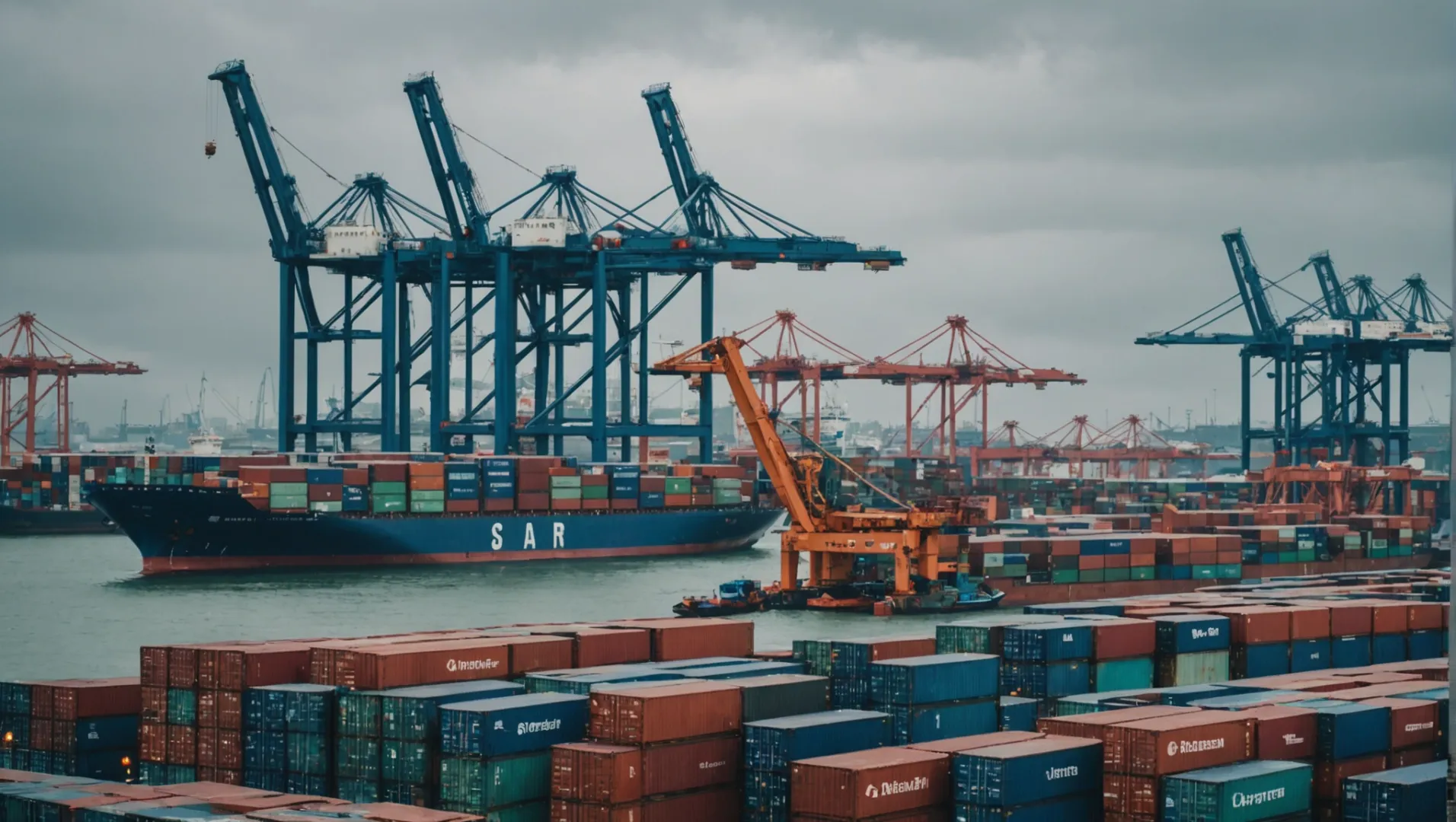
Das Verständnis von Tarifen kann sich wie das Entschlüsseln einer Geheimsprache anfühlen - vor allem, wenn sie unsere Gesundheit und Umwelt betreffen.
Höhere Zölle auf Luftreiniger, die aus China in die USA eingeführt werden, können zu höheren Kosten für Importeure und Verbraucher führen. Angesichts der derzeitigen Zölle von 25% und der sich abzeichnenden möglichen Erhöhungen müssen Unternehmen Entscheidungen über Produktionsstandorte und Preisstrategien treffen, um die Auswirkungen abzumildern.
But there’s more to this story than just numbers. Let’s dive deeper into how these tariffs shape not just costs, but the entire landscape of air purifier importation.
Die derzeitigen Zölle auf Luftreiniger aus China für die USA betragen 25%.Wahr
Der derzeitige Zollsatz für die Einfuhr von Luftreinigern aus China in die USA liegt bei 25%.
Wie hoch sind die aktuellen Tarife für Luftreiniger?
Die Zollsätze für Luftreiniger sind ein Schlüsselfaktor, der ihre Endkosten auf dem US-Markt beeinflusst.
Derzeit gilt für Luftreiniger, die aus China in die USA eingeführt werden, ein Zollsatz von 25%, obwohl bis Mai 2025 Ausnahmen gelten. Künftige Änderungen könnten diese Zölle weiter beeinflussen.
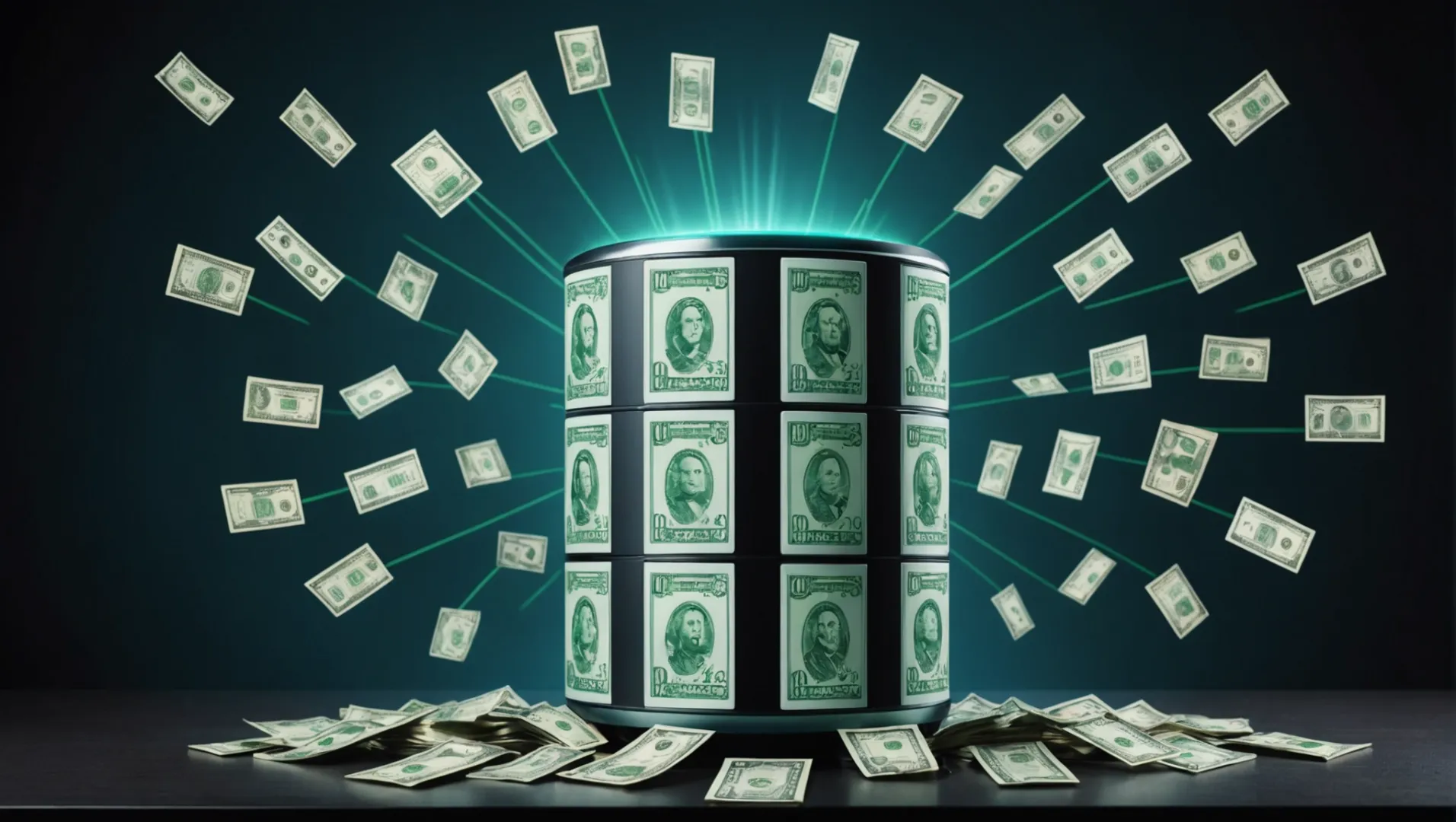
Die aktuelle Tarifstruktur verstehen
Die Landschaft der Zölle auf Luftreiniger hat sich in den letzten Jahren erheblich weiterentwickelt. Gegenwärtig gilt für Luftreiniger, die aus China in die Vereinigten Staaten eingeführt werden, ein Zollsatz von 25%. Dieser Zollsatz wurde im Rahmen umfassenderer Handelsmaßnahmen zur Beseitigung von Handelsungleichgewichten eingeführt und hat sich trotz verschiedener weltwirtschaftlicher Veränderungen gehalten.
However, it’s important to note that these tariffs are not static. The US government has granted temporary exemptions, which are currently in place until May 2025. This exemption provides some relief to importers, allowing them to strategize on pricing and sourcing while keeping an eye on potential political shifts that could alter these tariffs.
Mögliche zukünftige Änderungen der Tarife
Angesichts möglicher Veränderungen in der politischen Führung und der Handelspolitik besteht Ungewissheit über die künftigen Zollsätze. So wurde beispielsweise über eine erhebliche Erhöhung auf 60% spekuliert, falls bestimmte politische Bedingungen eintreten. Eine solche Änderung könnte die Hersteller dazu zwingen, ihre Produktion von China in Länder wie Vietnam, Thailand oder Mexiko zu verlagern, wo sie zwar die hohen Zölle umgehen können, aber mit um 10-15% höheren Produktionskosten konfrontiert werden könnten.
Auswirkungen der Tarife auf Unternehmensstrategien
Unternehmen, die Luftreiniger importieren, müssen bei der Planung ihrer Strategien sowohl die derzeitigen als auch die potenziellen künftigen Zölle berücksichtigen. Bleibt der Zollsatz 25% unverändert, könnten sich viele Hersteller eher auf Strategien zur Kostensenkung als auf Standortverlagerungen konzentrieren. Dies könnte eine Senkung der Herstellungskosten oder der Exportwerte beinhalten, um die zusätzlichen Kosten der Zölle auszugleichen.
Für die Verbraucher hat dies direkte Auswirkungen: Höhere Tarife bedeuten in der Regel einen Anstieg der Einzelhandelspreise. Dies könnte die Verbraucher vom Kauf abhalten, es sei denn, die Luftverschmutzung steigt aufgrund von Ereignissen wie Waldbränden, bei denen die Nachfrage nach Lösungen für saubere Luft sprunghaft ansteigt.
Diese Dynamik zu verstehen und sich auf mögliche künftige Tarifänderungen vorzubereiten, ist für Unternehmen und Verbraucher gleichermaßen wichtig, um auf einem sich ständig verändernden globalen Markt wettbewerbsfähig und informiert zu bleiben.
Für Luftreiniger aus China gilt der US-Zollsatz 25%.Wahr
Derzeit gilt für Luftreiniger, die aus China in die USA eingeführt werden, ein Zollsatz von 25%.
Die US-Zölle auf Luftreiniger werden im Jahr 2025 auf 60% steigen.Falsch
Ein 60%-Tarif ist spekulativ und hängt von politischen Veränderungen ab.
Wie könnten sich künftige Zollerhöhungen auf Produktionsstandorte auswirken?
Wenn sich die globale Handelspolitik ändert, müssen die Hersteller möglicherweise ihre Produktionsstandorte neu bewerten, um wettbewerbsfähig zu bleiben.
Künftige Zollerhöhungen könnten die Hersteller veranlassen, ihre Produktion in Länder mit niedrigeren Handelsschranken zu verlagern, was sich auf die Betriebskosten und die Dynamik der Lieferkette auswirken würde.
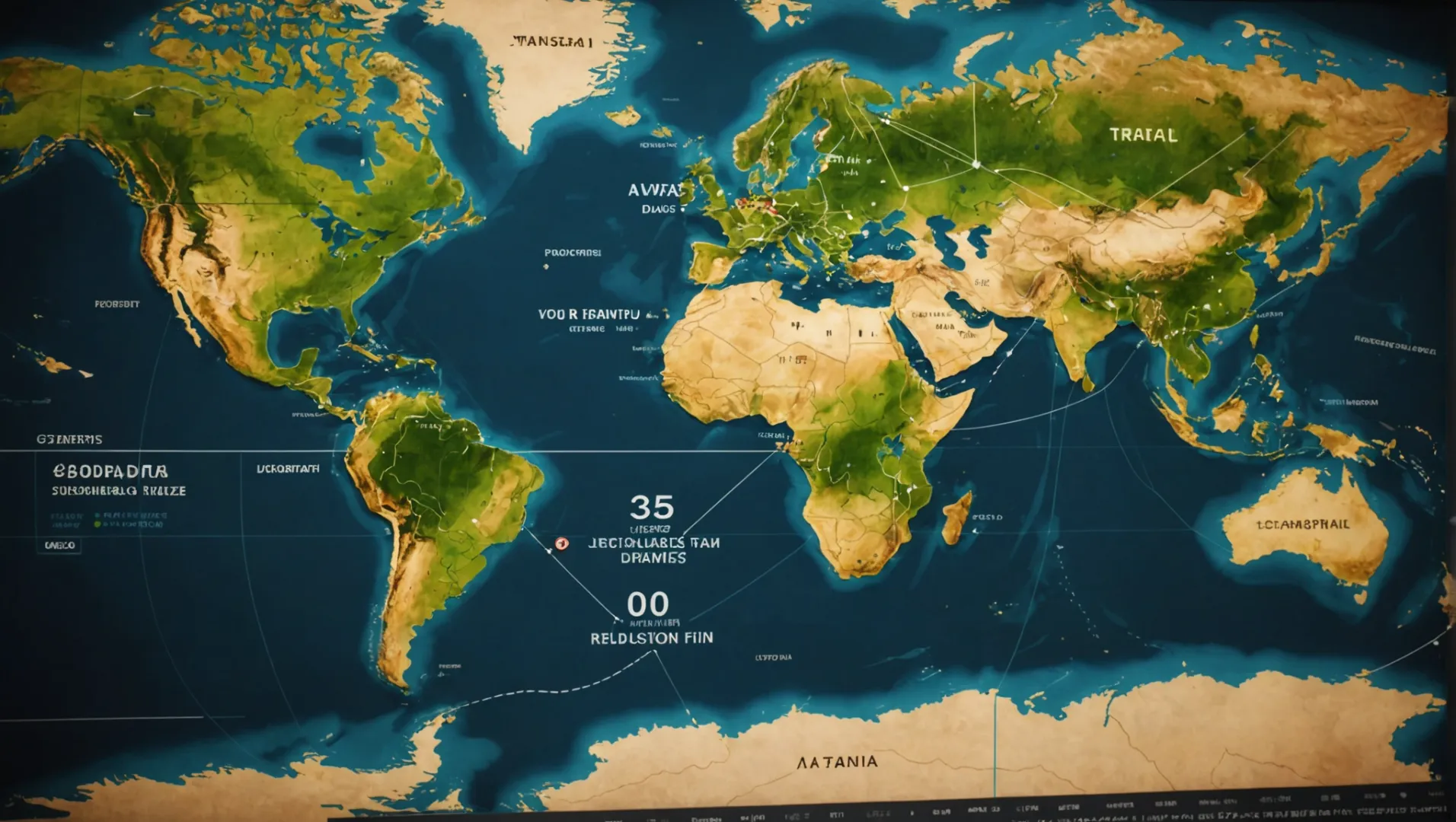
Tarifliche Einflüsse auf Produktionsentscheidungen
Zölle können die Landschaft der globalen Produktion erheblich verändern, indem sie bestimmte Standorte wirtschaftlich unrentabel machen. Wenn beispielsweise die Zölle auf aus China importierte Luftreiniger von derzeit 25% auf 60% steigen, könnten viele Hersteller eine Verlagerung ihrer Produktionsstätten in Länder wie Vietnam, Thailand oder Mexiko in Betracht ziehen. In diesen Ländern sind die Handelsschranken gegenüber den USA oft niedriger, so dass die Gesamtkosten trotz des Anstiegs der Herstellungskosten um 10-15% gesenkt werden könnten.
Mögliche Umzugsziele
Relocation isn’t a simple decision. While moving to Southeast Asian countries offers benefits like reduced tariffs, it also involves evaluating factors such as workforce availability, infrastructure quality, and political stability. Countries like Vietnam and Thailand are attractive due to their growing manufacturing sectors and favorable trade agreements. However, each comes with its own set of challenges that businesses need to consider thoroughly before committing.
Vergleichende Analyse der Herstellungskosten
| Land | Geschätzter Anstieg der Herstellungskosten | Potenzial für Zollsenkungen |
|---|---|---|
| China | 0% | 0% |
| Vietnam | 10-15% | Bis zu 40% |
| Thailand | 10-15% | Bis zu 40% |
| Mexiko | 15-20% | Bedeutsam |
Strategische Anpassungen über die Verlagerung hinaus
Neben der Verlagerung von Produktionsstandorten können Unternehmen verschiedene Strategien zur Bewältigung der erhöhten Zölle anwenden. Einige könnten sich dafür entscheiden, den Exportwert ihrer Produkte zu senken und so die Auswirkungen der Zölle auf den Endpreis zu verringern. Andere könnten sich darauf konzentrieren, die Effizienz an den bestehenden Standorten zu steigern, um einen Teil der zusätzlichen Kosten aufzufangen. Die Erkundung dieser Strategien ist entscheidend für die Erhaltung der Wettbewerbsfähigkeit in einem unvorhersehbaren Handelsumfeld.
Wenn Sie mehr über potenzielle Verlagerungsstrategien und die Faktoren, die solche Entscheidungen beeinflussen, erfahren möchten, sollten Sie sich weitere Ressourcen ansehen, die sich mit folgenden Themen befassen Produktionsverlagerungen aufgrund von Zöllen1. Dies kann tiefere Einblicke in die Art und Weise bieten, wie die Dynamik des Welthandels die Produktionsentscheidungen in den verschiedenen Branchen verändert.
Die Zölle auf chinesische Einfuhren könnten auf 60% steigen.Wahr
In diesem Zusammenhang werden mögliche Tariferhöhungen von 25% auf 60% erwähnt.
Die Verlagerung der Produktion nach Vietnam garantiert niedrigere Kosten.Falsch
Während die Zölle gesenkt werden können, können die Herstellungskosten in Vietnam um 10-15% steigen.
Welche Strategien können Importeure anwenden, um die gestiegenen Kosten zu mindern?
Importeure sehen sich aufgrund der erhöhten Zölle auf Luftreiniger aus China mit steigenden Kosten konfrontiert. Wie können sie sich darauf einstellen?
Importeure können die gestiegenen Kosten durch eine Diversifizierung der Lieferketten, das Aushandeln besserer Konditionen mit den Lieferanten und die Nutzung von Technologien zur Steigerung der Effizienz abmildern. Die Erkundung alternativer Produktionsstandorte und die Optimierung der Logistik tragen ebenfalls dazu bei, die Auswirkungen der Zölle wirksam zu bewältigen.

Diversifizierung der Lieferketten
Eine der wirksamsten Strategien für Importeure, um den Kostenanstieg abzufedern, ist die Diversifizierung ihrer Lieferketten. Das bedeutet, dass sie sich bei ihren Produkten nicht nur auf ein Land oder einen Lieferanten verlassen. Unter Beschaffungsmaterialien2 aus verschiedenen Regionen können Unternehmen vermeiden, dass sie durch Zölle, die auf Waren aus bestimmten Ländern erhoben werden, stark beeinträchtigt werden.
Wenn beispielsweise die Zölle auf Luftreiniger aus China erheblich steigen, könnten die Importeure in Erwägung ziehen, Komponenten aus anderen asiatischen Ländern wie Vietnam oder Thailand zu beziehen, wo die Produktionskosten noch wettbewerbsfähig sein könnten.
Bessere Bedingungen aushandeln
Die Aufnahme von Verhandlungen mit bestehenden Lieferanten, um bessere Bedingungen zu erhalten, ist ein weiterer gangbarer Weg. Importeure können mit ihren Lieferanten Optionen wie Mengenrabatte, verlängerte Zahlungsfristen oder die Aufteilung der Kostenbelastung durch Zölle besprechen. Effektive Verhandlungen können zu erheblichen Einsparungen führen und die unmittelbaren Auswirkungen von Zollerhöhungen verringern.
Nutzung der Technologie
Die Einbindung von Technologie in Logistik und Betrieb kann zu erheblichen Kosteneinsparungen führen. So kann beispielsweise der Einsatz von Software für das Lieferkettenmanagement die Bestandsverwaltung verbessern, die Vorlaufzeiten verkürzen und die Prognosegenauigkeit erhöhen. Diese Verbesserungen können einen Teil der mit höheren Zöllen verbundenen Kosten ausgleichen.
Darüber hinaus ist die Einführung digitaler Tools für automatisierter Einkauf3 Prozesse oder fortschrittliche Analysen können Unternehmen dabei helfen, fundierte Entscheidungen zu treffen und ihre Abläufe zu optimieren.
Sondierung alternativer Produktionsstandorte
Angesichts der möglichen Erhöhung der Zölle auf bis zu 60% könnten viele Hersteller von Luftreinigern eine Verlagerung ihrer Produktionsstätten in Erwägung ziehen. Eine Verlagerung der Produktion in Länder wie Vietnam, Thailand, Kambodscha oder Mexiko könnte trotz eines leichten Anstiegs der Produktionskosten niedrigere Zölle ermöglichen und die Gesamtkosten senken.
| Land | Geschätzte Tarifsenkung | Erwarteter Anstieg der Produktionskosten |
|---|---|---|
| Vietnam | Bis zu 30% | 10-15% |
| Thailand | Bis zu 25% | 10-15% |
| Mexiko | Bis zu 35% | 10-15% |
Optimierung der Logistik
Die Logistik spielt eine entscheidende Rolle beim Kostenmanagement. Importeure sollten ihre Logistiknetze bewerten und optimieren, um die Transportkosten zu senken. Dies kann die Konsolidierung von Sendungen, die Wahl effizienterer Routen oder die Aushandlung besserer Tarife mit Logistikanbietern beinhalten.
Schlussfolgerung
By implementing a combination of these strategies, importers can better navigate the challenges posed by increased tariffs on air purifiers from China. While each strategy has its unique benefits, the key lies in assessing which combination aligns best with the business’s specific needs and market conditions.
Die Diversifizierung der Lieferketten verringert die Auswirkungen der Zölle.Wahr
Durch die Beschaffung aus mehreren Regionen wird eine starke Abhängigkeit von einem Land vermieden.
Die Verlagerung der Produktion erhöht die Gesamtkosten um 20%.Falsch
Durch die Verlagerung können die Zölle gesenkt werden, die Produktionskosten steigen jedoch nur geringfügig.
Wie beeinflussen Zölle die Preisgestaltung und die Nachfrage der Verbraucher?
Zölle können die Verbraucherpreise erheblich beeinflussen, was sich auf die Nachfrage und die wirtschaftliche Dynamik im Allgemeinen auswirkt.
Zölle führen in der Regel zu höheren Verbraucherpreisen und verringern die Nachfrage, da die Waren teurer werden. Dieser Preisanstieg betrifft sowohl lebensnotwendige als auch nicht lebensnotwendige Güter, verändert das Kaufverhalten der Verbraucher und kann das Wirtschaftswachstum bremsen.
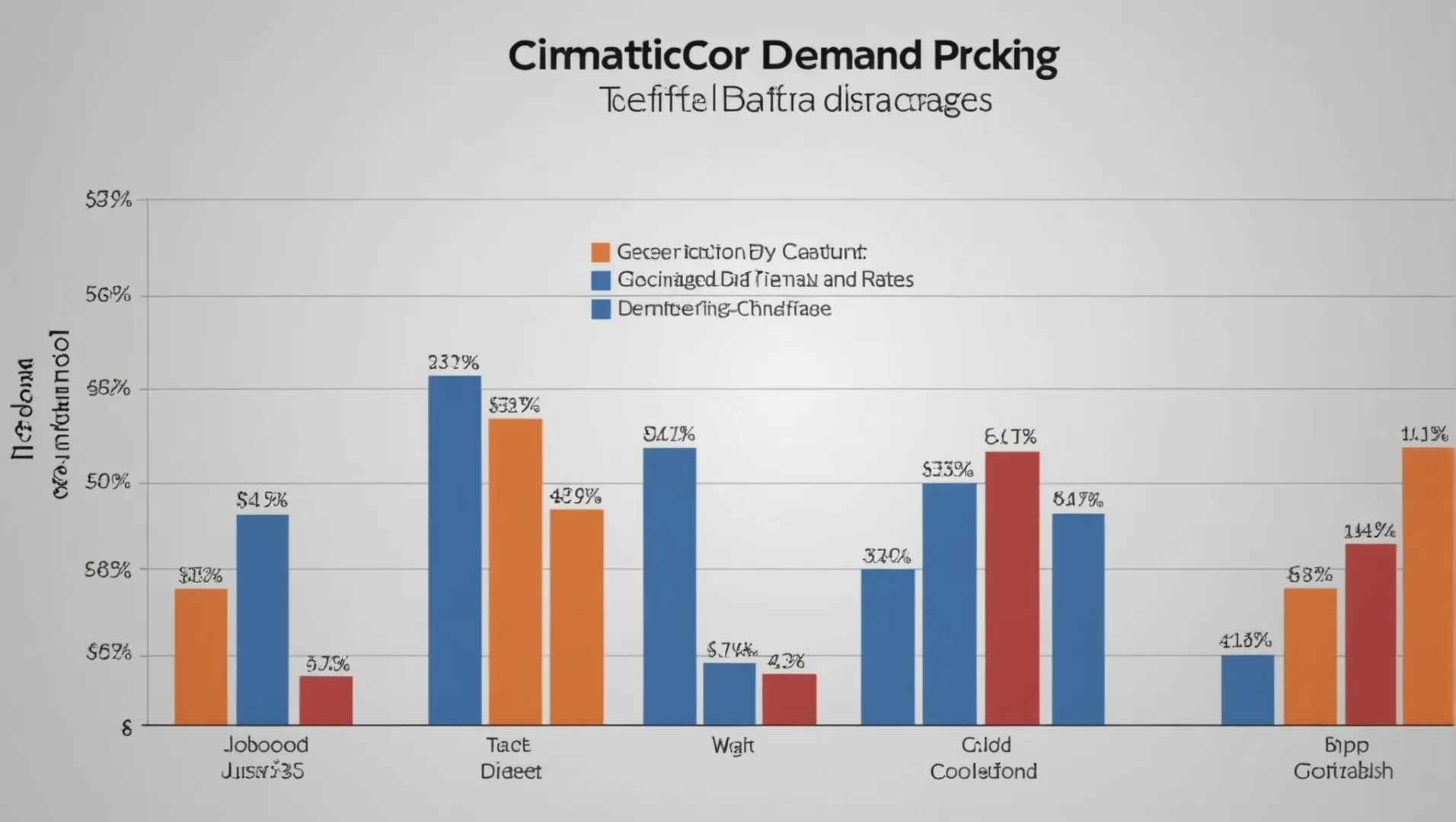
Die direkte Auswirkung auf die Preisgestaltung der Verbraucher
Wenn Zölle auf importierte Waren erhoben werden, führt dies unmittelbar zu einem Anstieg der Kosten dieser Produkte für die Verbraucher. Wenn beispielsweise der Zoll auf aus China importierte Luftreiniger auf 25% festgesetzt wird, werden diese Kosten häufig an die Verbraucher weitergegeben, was sich in höheren Einzelhandelspreisen niederschlägt. Die Verbraucher stehen dann möglicherweise vor dem Dilemma, diese zusätzlichen Kosten zu tragen oder nach Alternativen zu suchen.
In manchen Fällen versuchen die Unternehmen, einen Teil des Tarifs zu übernehmen, um ihre Preise wettbewerbsfähig zu halten. Dies kann jedoch die Gewinnspannen schmälern und die Unternehmen dazu veranlassen, die Möglichkeiten zum Kostenausgleich4 durch Effizienzsteigerungen oder Verlagerung von Produktionsstandorten.
Veränderungen in der Verbrauchernachfrage
Höhere Preise führen im Allgemeinen zu einem Nachfragerückgang, insbesondere bei nicht lebensnotwendigen Gütern wie Luxusgütern. Im Zusammenhang mit Luftreinigern sind einige Verbraucher vielleicht bereit, aufgrund von Gesundheitsbedenken mehr zu bezahlen, während andere den Kauf hinauszögern oder ganz darauf verzichten.
Eine Tabelle kann veranschaulichen, wie sich unterschiedliche Tarife auf die Verbraucherpreise auswirken:
| Tarif Tarif | Preiserhöhung im Einzelhandel | Erwartete Veränderung der Nachfrage |
|---|---|---|
| 25% | 15-20% | Mäßiger Rückgang |
| 60% | 30-40% | Erheblicher Rückgang |
Die weiterreichenden wirtschaftlichen Auswirkungen
Tariffs don’t just affect individual products; they have ripple effects across the economy. Higher prices can lead to inflationary pressures, prompting central banks to adjust monetary policies. Additionally, reduced demand can lead to lower production rates and potential job losses in industries dependent on affected imports.
Darüber hinaus können erhöhte Zölle in einer globalisierten Wirtschaft dazu führen, dass geopolitische Spannungen5 da die Länder mit ihren Zöllen Vergeltung üben und so ein Handelskriegsszenario schaffen, das den internationalen Beziehungen und der wirtschaftlichen Stabilität schaden kann.
Letztlich sind Zölle zwar ein Instrument zum Schutz der heimischen Industrie und zur Erzielung von Staatseinnahmen, aber ihre Auswirkungen auf die Preisgestaltung und die Nachfrage der Verbraucher sind tiefgreifend und komplex. Das Verständnis dieser Dynamik kann Verbrauchern und Unternehmen helfen, die Herausforderungen zu meistern, die sich aus den sich verändernden Tariflandschaften ergeben.
Zölle führen immer zu höheren Verbraucherpreisen.Wahr
Zölle erhöhen die Importkosten, die oft an die Verbraucher weitergegeben werden und die Preise erhöhen.
Höhere Zölle verringern die Nachfrage nach nicht lebensnotwendigen Gütern.Wahr
Zollbedingte Preiserhöhungen verringern die Verbrauchernachfrage, insbesondere nach Luxusgütern.
Schlussfolgerung
In diesen turbulenten Gewässern können sowohl Verbraucher als auch Unternehmen fundierte Entscheidungen treffen, die ihre Interessen schützen.
-
Gain insights into how tariffs influence factory relocations globally.: In December 2019, Federal Reserve economists Aaron Flaaen and Justin Pierce found a net decrease in manufacturing employment due to the tariffs, … ↩
-
Entdecken Sie, wie die Diversifizierung von Lieferketten Risiken und Kosten reduziert: Diese komplexen Netze von Lieferketten haben weltweit zu mehr Stabilität und Wohlstand beigetragen. ↩
-
Erfahren Sie, wie Technologie die Effizienz von Lieferketten steigert..: Speziell entwickelte intelligente Anwendungen prägen zunehmend die Zukunft der Lieferkettentechnologie. ↩
-
Erfahren Sie, wie Unternehmen die durch Zölle verursachten höheren Kosten bewältigen..: Mit dem Amtsantritt des designierten Präsidenten Donald Trump besteht die Aussicht auf eine neue Runde von Einfuhrzöllen in den USA. ↩
-
Discover how tariffs influence international trade dynamics.: Who Collects a Tariff? In simplest terms, a tariff is a tax. It adds to the cost borne by consumers of imported goods and is one of several trade … ↩


